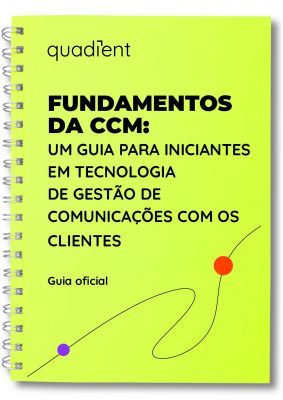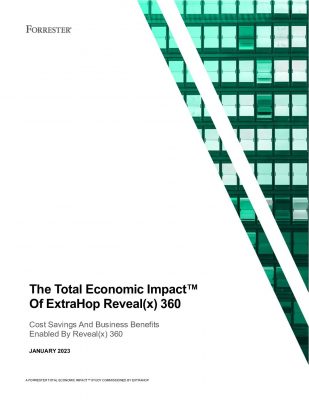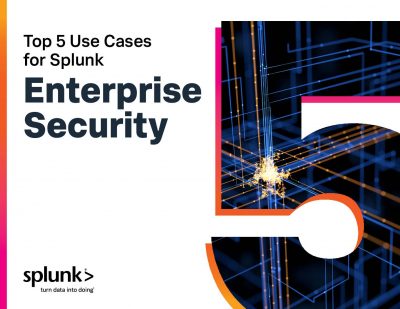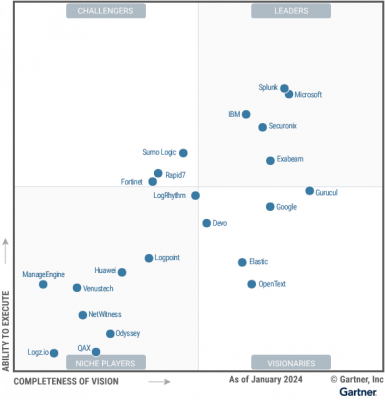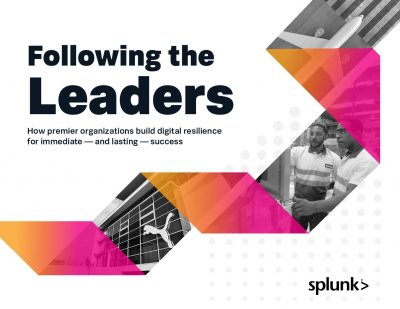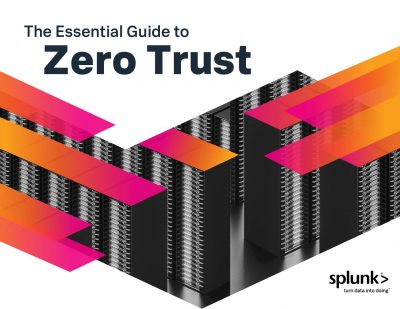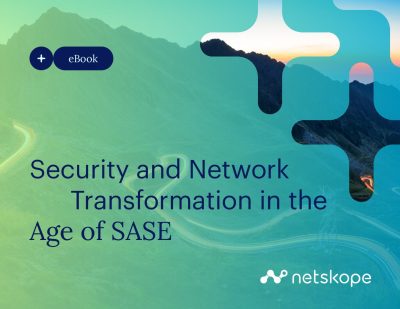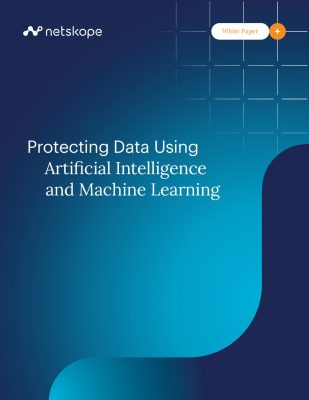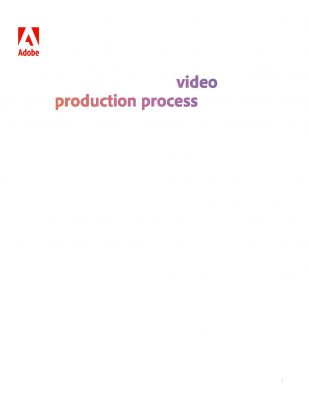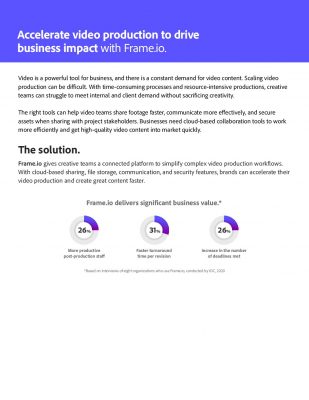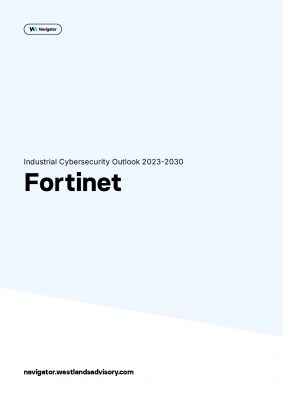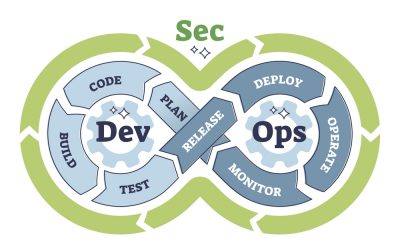Highlights:
- Native SQL ETL is the initial new integration that Informatica unveiled for the Databricks platform. It functions with the platform’s built-in data warehouse service, Databricks SQL.
- Informatica is improving the connection between Databricks’ Unity Catalog and its IDMC platform.
Informatica Inc. unveils new integrations for the cloud data platform of Databricks Inc. This will assist joint users in processing their business information effectively.
The firms recently announced an expanded partnership, which includes developing these connections. In March, Databricks introduced DBRX, an open-source language model. Informatica is releasing a technical blueprint to assist customers in developing applications based on this language model.
The IDMC data management platform is Informatica’s flagship offering. It lessens the amount of labor-intensive manual data movement that occurs within an organization’s systems. Additionally, the software claims to make several allied jobs easier, such as merging data from various sources and eliminating inaccurate entries.
Native SQL ETL is the initial new integration that Informatica unveiled for the Databricks platform. It functions with the platform’s built-in data warehouse service, Databricks SQL.
Building ETL pipelines is one of the jobs that Informatica’s flagship IDMC product claims to make easier for users. These processes are examples of automation controlling business data transfer between apps. Among other things, ETL pipelines are helpful for transferring data from business applications into the Databricks environment so that it may be analyzed.
Historically, ETL pipelines have operated on infrastructure distinct from the destination system—in this case, Databricks—that they load data into. Instead of doing their calculations on different infrastructures, as is typically the case, ETL pipelines may now do it directly within the Databricks platform due to the new integration that Informatica unveiled. This configuration may contribute to a more effective data-loading process.
Concurrently, Informatica is improving the connection between Databricks’ Unity Catalog and its IDMC platform. With the latter option, software teams may control who has access to data from their company’s internal systems and retrieve it through a centralized interface.
According to Informatica, the integration would enhance the data lineage features offered to clients. Using those functions, an organization can examine how a record changed over time to see if any mistakes ended up in the file. Eliminating false information from the datasets that they use can achieve accurate findings from analytics tools.
Informatica unveiled a brand-new technical template called GenAI Solution Blueprint for Databricks DBRX in conjunction with the new integrations. Its purpose is to assist businesses in developing AI systems that use retrieval-augmented generation (RAG) characteristics. RAG enables an AI program to provide rapid responses with data from sources other than the training dataset for its model.
There are two primary parts to the template. Informatica’s IDMC platform is the first, while Databricks’ open-source DBRX large language model was introduced earlier this year. With 132 billion parameters, the model was trained using a dataset with 12 trillion tokens.
Informatica is also making its CDI-Free solution available through Partner Connect, a third-party software marketplace integrated into the Databricks platform, as part of recent product improvements. A free, reduced-featured version of Informatica’s ETL tool is called CDI-Free. The program can be used to design ETL pipelines that can process up to 20 million rows of data each month.
